Sommelier Liquidity AMA With Alex From Peanut
In this Episode, Peanut.Trade CEO Alex Momot speaks with Sommelier Cofounder, Zaki Manian, about less well-known products for dealing with MEV and private transactions problems.

Peanut.Trade CEO Alex Momot discusses less well-known products for dealing with the MEV and private transactions problems and more
Peanut.Trade CEO, Alex Momot, is from the Ukraine and has been in Crypto since 2013. He says:
“It’s quite a while. I entered during a bull run at that time, but it was still quite early. And after that, I made several startups in the Bitcoin space. I was involved in Bitcoin mining equipment production and then we established Remme, a cyber security startup based on blockchain. And, recently, one year ago we fully converted to DeFi space and now we’re making a lot of products for the so-called dark forest of Ethereum. So, we are trying to make the Ethereum ecosystem more friendly to regular users.
“The dark forest is the name for a lot of problems that regular users face during certain preparations with DeFi space. Let’s say if you are trying to perform a big order. A lot of bots, sniper bots during listing or sandwich bots or salmonella attack. They could withdraw your liquidity, they could try to send an order in front of yours. It’s a regular try at frontrunning from classic markets that recently appeared in the blockchain space. And it means that you will lose part of your money due to these kinds of bots.”
“That’s why we’re creating products that could use private transactions. It means that your transaction will not go to mempool, because the primary source for all the bots is mempool because it could be tracked, analyzed, and bots can do something with your transaction because all activity you can see on blockchain. It’s absolutely open for everybody. It could be a possibility, but could also be a problem. That’s why you need to be careful with even simple transactions like selling, or making a swap, or adding liquidity during listing of your project. And we could help with making it absolutely safe.”
A firm foundation
Sommelier Cofounder, Zaki Manian, who welcomed Alex to come educate liquidity providers on some current considerations with Uniswap v3, observes that this fits well with Alex’s history because he’s had some exposure to the mining industry. Zaki says:
“The core idea here is Zaki goes to Uniswap, or anywhere else, and wants to make a swap. We assert a certain price for the coins that we want to swap into. And, so when you see that price and decide to swap it you decide to publish your intention to make a buy at the price at which you’re willing to pay. And that now creates this whole world of what we call MEV, miner extractable value where based on the slippage that you have set in your transaction, there is an opportunity for a miner to profit by essentially frontrunning your trade.”
Alex says that’s generally right and adds: “Usually it’s not the miner itself, usually it’s separate teams that have an agreement with the miner to make a certain order of transactions, and as a consequence, it could be such an attack.”
Zaki sums it up: “So basically what Peanut.Trade is doing is providing essentially a private connection to the mining pools to enable transactions that don’t appear in the mempool.”
Alex notes that experience with miners is indeed why his team has the ability, but he says:
“We prefer to build final products based on that ability. So we offer a connection with miners and we offer solutions to interact with the market with no possibility for MEV to withdraw part of your profits.
Lesser-known products for liquidity providers
Alex describes current Peanut.trade products:
“Basically, we have Feeno, it’s our solution for sending tokens without Ethereum on the address. So, let’s say if we’re talking about a non-custodial wallet. Usually the wallet should create a lot of accounts for many users. When somebody will send you, let’s say, USDC you will need a small fraction of Ethereum on the address to send it to the other address. And it could be a problem for the user because he should go to an exchange, buy some Ethereum, and then put it on that address, and only after that will you be able to perform the separation. And with Feeno we could inbuild this solution for noncustodial wallets and even for custodial sometimes to remove that kind of trouble for regular users. That’s one example of how MEV could work better for users. Instead of withdrawing liquidity from them, it does the opposite. It creates additional benefit.
“Another solution is protection of a project during listing on Uniswap for PancakeSwap. We can do private mining of liquidity heading, it means that no sniper bot will be able to buy a huge amount of tokens during that initial listing, and then immediately after that on the users who will try to buy at the first order or first swap.
“Another of our products is liquidity management for Uniswap v3. Maybe you’ve heard about this new concept in Uniswap v3 where you can choose a range of prices where your liquidity will work. But, the problem here is that you should manually control it and check, ‘is everything okay with the price’ because otherwise you will have a huge impermanent loss and your liquidity won’t work and you will lose money. That’s why we are building this kind of manager and operations will be performed via hidden transactions, so with using the same relay to miners so no bots will be able to interact.
“So these are the examples of how MEV could work for the users or how it could protect users from other bots.”
MEV is controversial, but not always
Zaki observes that MEV itself is very controversial in the Ethereum Defi space. He says: “There’s some view that it should be democratized, there’s another that it should be eliminated. What are your thoughts on that?”
Alex gets philosophical for a minute: “Well first of all I think that fact is much more important than explanation of that fact. So, basically we already have all that situation with MEV and the basics of MEV goes from the primary architecture of blockchain. Mempool and blockchain fully could be seen any way from any place, and you can track everything that’s going on in blockchain -- and that’s why MEV exists.
“Our actions should be somehow to interact with that. Of course, it’s adding complexity to our everyday usage of Ethereum-based applications, but we should somehow create a regular product that will use the options that MEV could give us because it’s not only bad things like everybody could think now, it could also be a good thing.
“And, one of the most important things we can see right now it’s that our relay and Flashbot relay and other similar solutions decrease the price of fees in the Ethereum network. Because now, transactions from bots and transactions from users are separated into separate channels and there is no competition in fees between these two types of operators in blockchain. So, bots’ fees are compared with other bots’ fees and miners never will choose to take a bot transaction instead of user transactions, like it was maybe six months ago. This advantage came to us because of the existence of such solutions and it is better for the whole ecosystem. But still I think MEV is impossible to stop or completely remove. Otherwise we should make Ethereum blockchain something like Monorail blockchain but I think it’s completely impossible because of the essence of the smart contract concept.”
Zaki dug into the idea of trying to build these private interactions with mempools:
“On one hand, you have Flashbots trying to build a protocol for doing this. On the other hand, it seems like what Peanut.trade has tried to do, I would characterize it as trying to be a service provider, i.e., like provide the service of private transactions rather than have a protocol for miners to engage with private transactions. What do you think are the trade-offs between these two approaches -- Like Peanut.trade and something like Flashbots.”
First, Flashbots
Alex seized on the Flashbots question:
“Let’s discuss what is Flashbots itself. I’m not a big fan of conspiracy theories but as for me all the concept of Flashbots is quite good for the Ethereum ecosystem. And I think that either Vitalik Buterin, Consensus, or somebody else from Ethereum foundation are trying to somehow help them, because all of that situation with on-chain arbitrage and fees on Ethereum now is better than six months ago. And, the main reason for that is Flashbots take 99.9 percent of all profits and send it directly to miners. So, miners have an additional source of income from that and the DEX on-chain arbitrage is dead right now.
“So, it’s a very specific situation where just in two months the competition completely killed a big area for taking revenue. And, I think that all searchers currently working on Flashbots environment need to find something else to earn money. And, as a consequence, we can see the low fees as I said previously. So, our idea here is completely different. We don’t try to use the same concept like Flashbots. We’re trying to build final products for regular users and for projects and interesting protocols like non-custodial wallets, Uniswap, and others and we’re just using the good advantage side of MEV and idea to put all that inefficiency of the market inside of our smart contracts and deliver additional value to the users.”
What about the trade-offs?
Alex continues: “The trade-off for Flashbot service is currently I can see only a problem for searchers in this market. So, arbitrageurs are losing money, not users. And when we will be able to see London upgrade, so EIP 1559 and other upgrades will completely change the situation with Ethereum economics. And, I think that it will be beneficial for all participants on the network. Maybe we should wait three weeks or so to see what's going to happen. My personal feeling is that the situation will be much better than now for the whole ecosystem and we’ll have new benefits and advantages without the troubles we have now with all that revenue going to miners. But still, with such a big volatility I can see a real problem in that, because as we know in maybe one year, or maybe two years, it would be fully proof of stake and it will be a huge problem for current miners to change something.
“And the biggest tradeoff I can see now is not in that layer. I think that the biggest problem will be the existence of super stakers, such as centralized exchanges, and they will be able to control a much bigger part of the network than miners can control now. Because, if you’re talking about miner pools, it’s a certain equality for different players. But, if we talk about centralized exchanges -- you know that five or ten exchanges will control everything. And, I hope that other projects, such as Lido, could be able to take a significant part of the market because they are from the ecosystem and not from centralized space.”
What’s Peanut’s next product?
Zaki says he’s a big fan of Lido, which brings us nicely into this question:
“Right now we have the emergence of Uniswap going live on Optimism yesterday, which was big news. And, the coming merge and shift to proof of stake. And I think you started to cut over really nicely around how all of this is moving around the privacy problem and the MEV problem to various layers of the stack. So, it sounds like you have a lot of work cut out for you as all of these things are shifting -- and we all do. What’s the next end user product that’s coming out for Peanut?”.
First, Alex’s team is making decisions. He explains:
“We always have a lot of ideas and it’s really hard to implement all of them so we should choose. Our current goal is to use our two upcoming products Feeno and Smart LP. So, Feeno, it’s sending tokens without Ethereum and Smart LP is liquidity manager for Uniswap v3.
“It should come in a better version this month and next month it will be fully into production. And we will try to use all the advantages of our approach to deliver the best-performing solution. And our next step will be to make an aggregation of two of our products: Hedge Solution and Smart LP. Hedge Solution is made to protect users from impermanent loss. And currently with Uniswap v3 it’s a lot of trouble for users to understand how they should really manage all that liquidity and how they should use an appropriate pool in Uniswap. And, you know it could be a tricky solution because if you will choose a very big pool like it was on Uniswap v2, with higher capital efficiency your earnings will be not so big. And, it means that you should try to find the proper balance because a range of liquidity, it means capital efficiency between the size of the pool -- so it should not be very big and should be a very good volume on that so your fees will be enough to cover your impermanent loss. Because if your range is too small, on the opposite side, you will have a bigger impermanent loss.
“Recently there was a very good discussion on Twitter between Yearn founders and Hayden Adams that will show everybody it is quite a new concept and we should spend some time to understand how all of that will work together. And, our idea is to add solutions that will be able to cover your impermanent loss on the, one, your asset. Let’s say if you are providing USDC and Ethereum so you can buy a hedge during that initial idea of liquidity and it will protect you from decreasing the price of ether increasing your overall yield after that period could heavily improve user experience with Uniswap.”
Composing CeFi and DeFi and a waitlist
Looking at the Hedge product’s page, Zaki says: “It looks like you sourced the put and call options from centralized exchanges, so what you guys are actually doing is essentially composing CeFi and Defi.”
Alex replies: “Yeah. Currently we have no choice because there is not enough liquidity on decentralized platforms and I hope during several months it will be a better situation with that. And our primary goal will be to make everything completely on-chain, but it’s not easy to do today. So that’s why we have taken the liquidity from centralized exchanges as well.”
Peanut has a waitlist for these products. How do LPs get access?
Just leave your email at Peanut.trade’s website and they will contact you when Smart LP will be available for the public. Alex says:
“Currently we have more than 1,000 applications with huge amount of liquidity so I think it’s a very big problem and the very interesting thing is that we have no direct advertisement of this product until recently. It means that people are trying to find something like that and that it will be a huge problem in the next few months. We are very grateful for those who left those applications. You gave us the idea that we should spend more time on that.
“And, personally for me we have such a kind of separation in our team with favorite products. Smart LP is my favorite product because it’s quite a complex one. It’s really hard to find an appropriate balance between capital efficiency and permanent loss, and how fast we should change the position. And, to understand all that math behind the Uniswap v3 from their team. So, if you’re interested in such a product, definitely come to our website and leave your application. It will help us to understand how many people are interested in the product and we will spend more effort on that.
“Please spend a little bit more time to understand what is impermanent loss and how it could affect your yield and your profitability during providing liquidity. And, special thanks to the Ethereum team because they are pushing all of the upgrades, despite miners having quite a big opposition. Currently we know that EIP 1559 will be beneficial for all the players in the game and, of course, about the proof of stake there are a lot of discussions. But I am sure that proof of stake will be much better. The only concern I have currently is the proper balance of centralized players after it will be a full transition on Ethereum 2.0. Will we have proper players who will understand the importance of the distributed world and nobody will try to play in something that could affect the stability and the distributed architecture for the Ethereum ecosystem?”
Want to keep this great educational opportunity going? Bring your questions about some of the less well-known products for dealing with the MEV and private transaction problems or building new products on top of being a Uniswap liquidity provider to Alex at Telegram https://t.me/peanuttrade.
Alex says: “Yes, if you have any questions please come to our Telegram group. We will be happy to answer even if it’s just general questions about the ecosystem. We’ll be happy to help everybody.”
More articles

Is Speculation Killing Crypto’s Future?

Sommelier's Path Forward: Embracing Revenue Over Narrative

Sommelier January Update

Sommelier Upgrades Cellar Architecture to Enable the Most Powerful DeFi Strategies in the Market
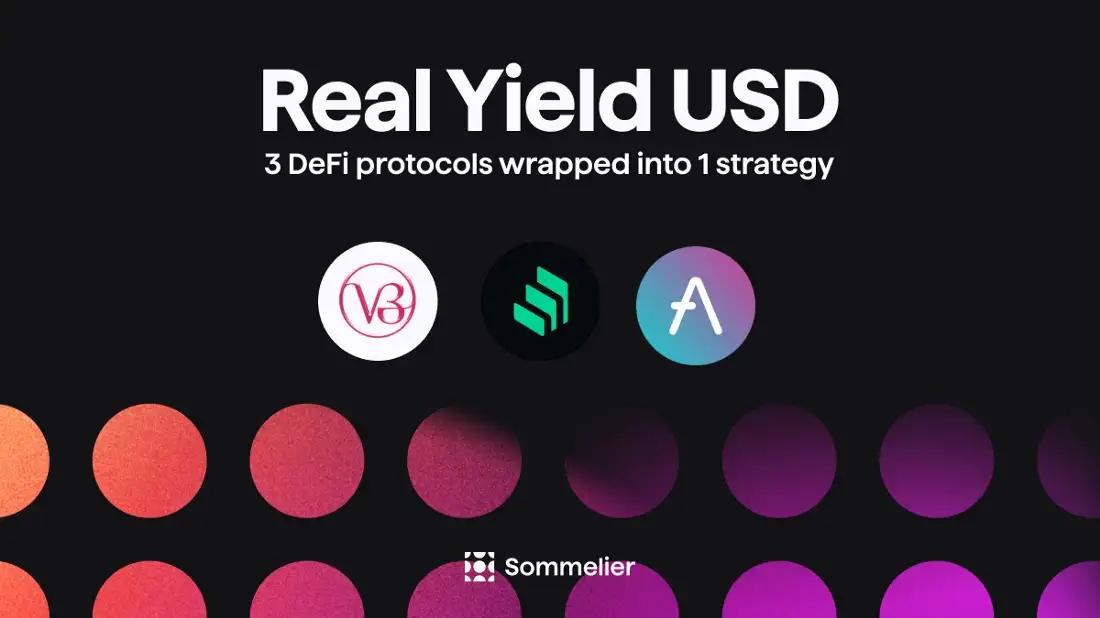
Real Yield USD is Coming to Maximize Stablecoin Yield
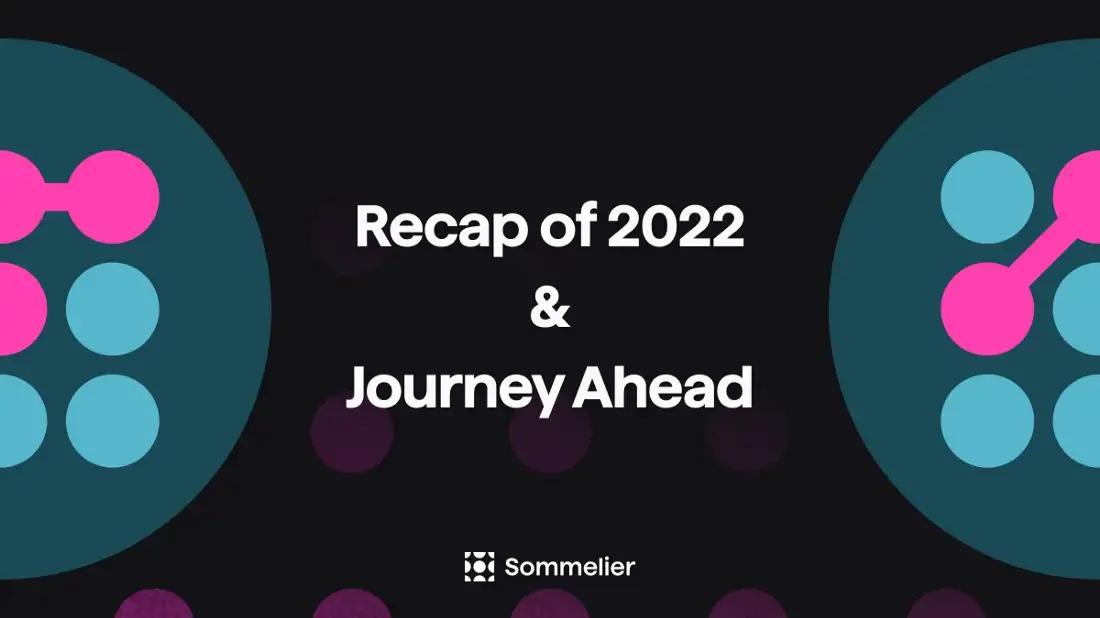
Retrospective on 2022 and the Journey Ahead

FAQ - Patache Digital’s Steady Strategies
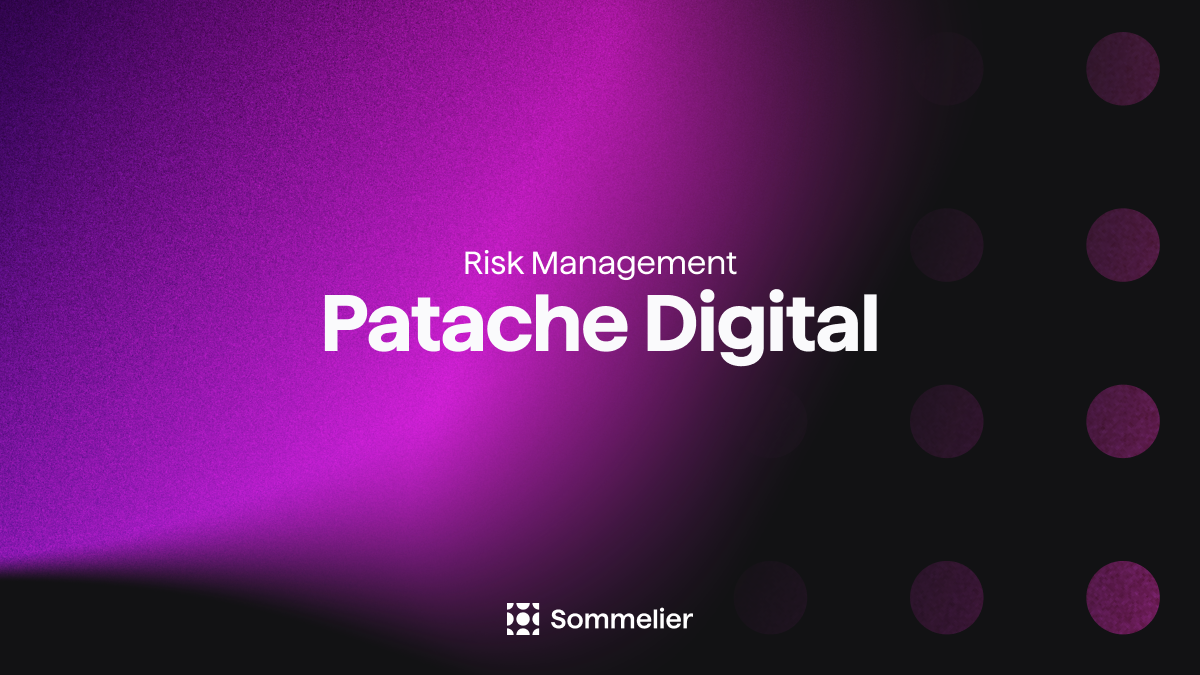
Patache Digital: Risk Management Discussion

Strategy Deep Dive: Patache Digital

Strategy Provider Spotlight: Patache Digital

User Guide: How to Participate in Strategies on Sommelier

Sommelier Ambassador Program

Strategy Tokens: What Are They and How Do They Work?

6 Core Principles of Sommelier

10/10/22 - Deep Dive on Cleargate Backtesting

Strategy Provider Spotlight: Seven Seas

Deep Dive on Trend and Momentum Strategies

Strategy Provider Spotlight: ClearGate

Supporting Strategy Providers on Sommelier

Sommelier Protocol Team Weekly Update #11

ELI-5 Explanation of the Data Science behind Sommelier’s First Aave Cellar

Sommelier Protocol Team Weekly Update #10

The Data Science Behind Sommelier’s First Aave Cellar
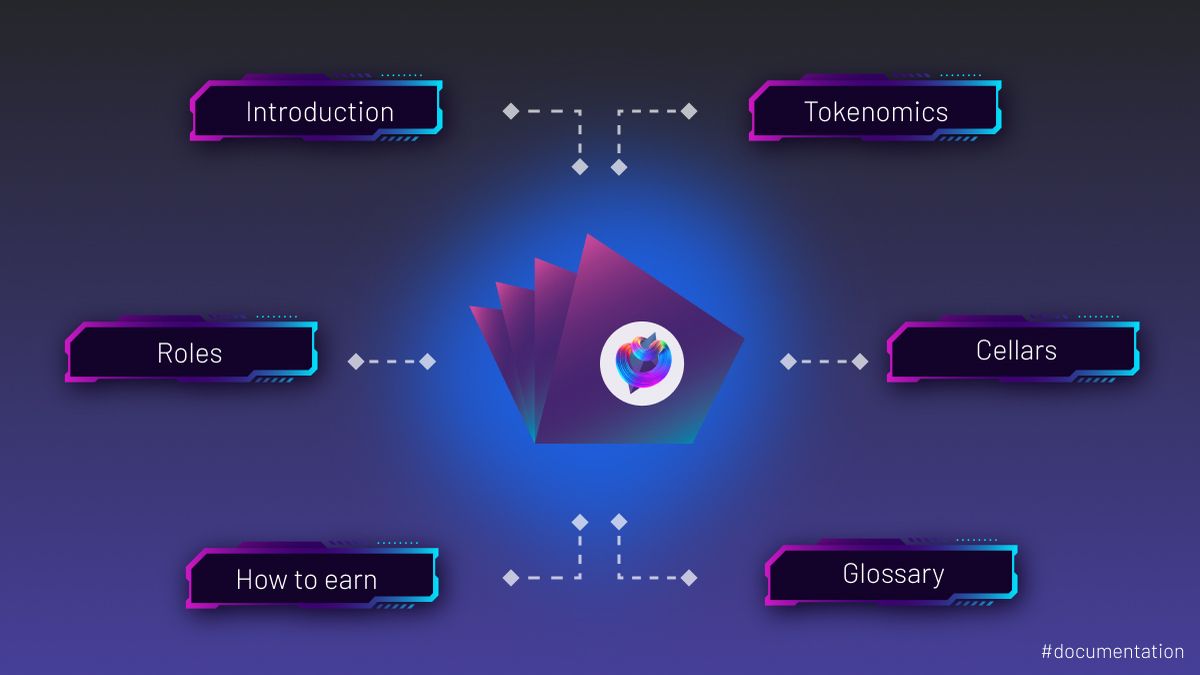
Sommelier Protocol Design Documents
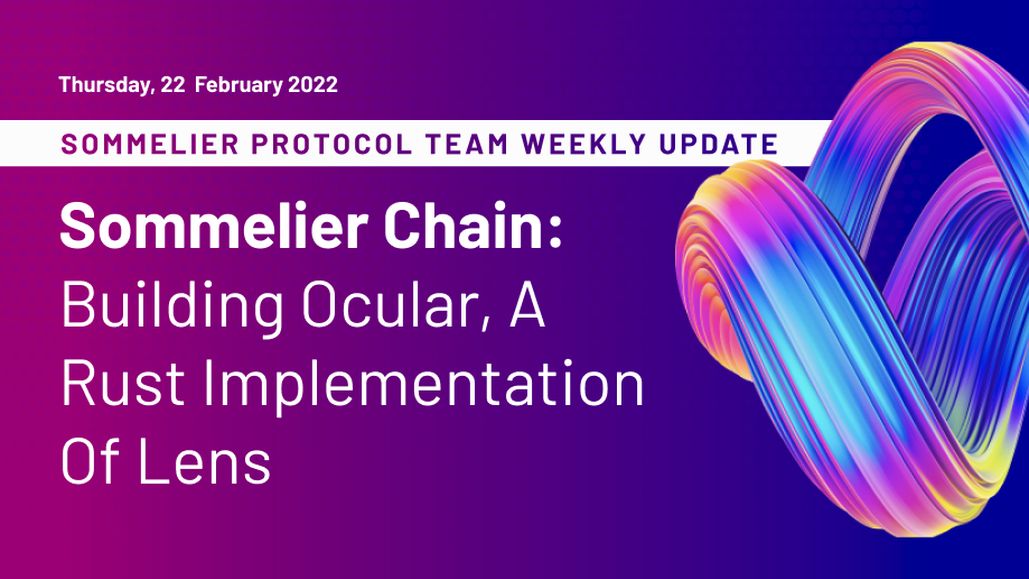
Sommelier Protocol Team Weekly Update #9
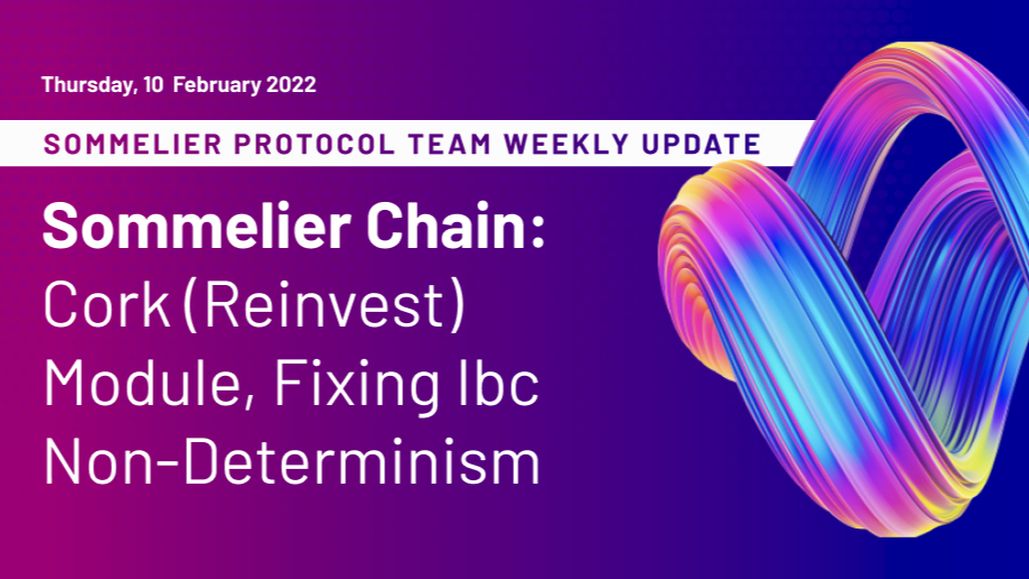
Sommelier Protocol Team Weekly Update #8
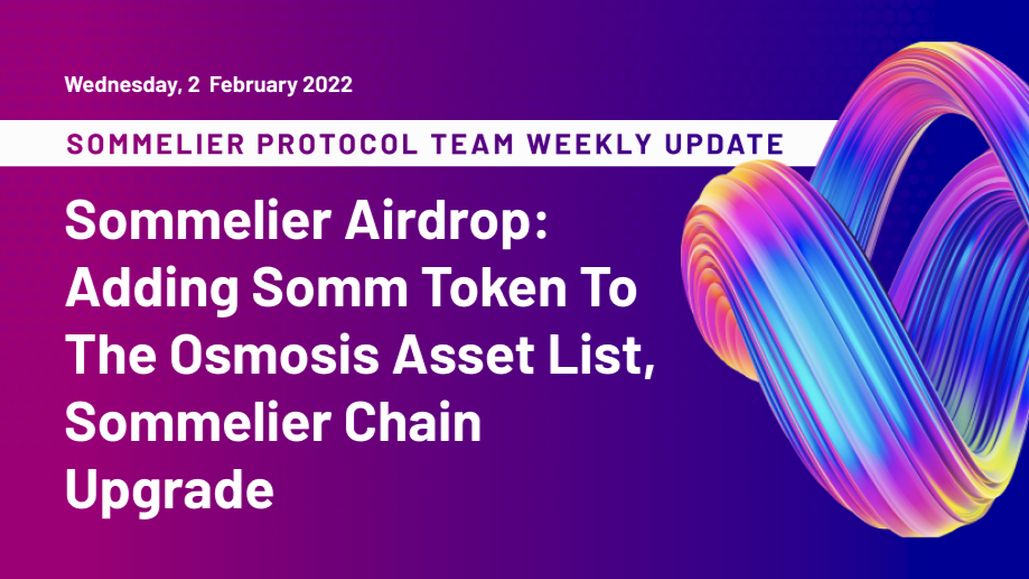
Sommelier Protocol Team Weekly Update #7

Twitter Spaces With Sommelier: How to Launch a Cellar on Sommelier

Twitter Spaces With Sommelier: Protocol Upgrade and Community Update
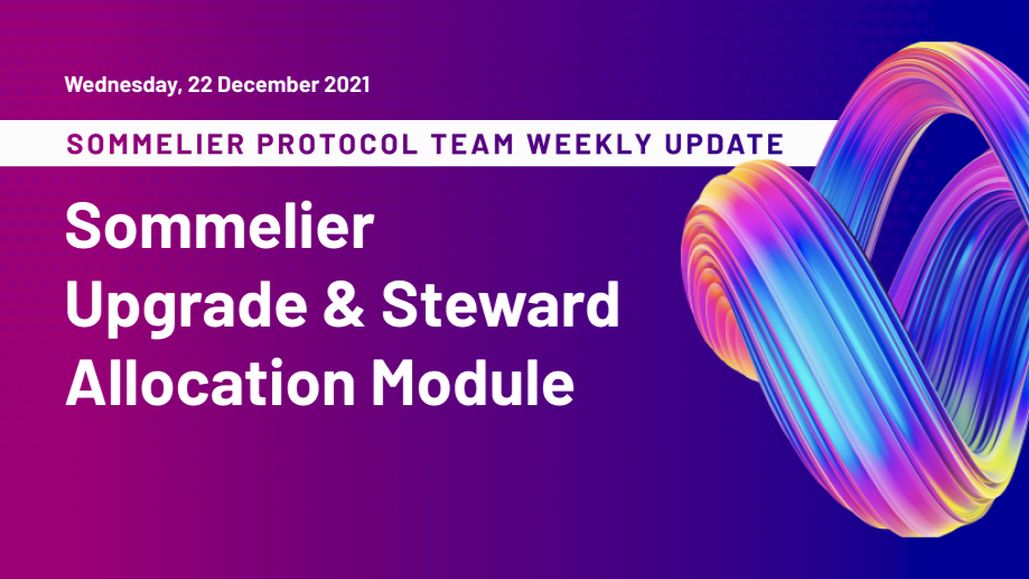
Sommelier Protocol Team Weekly Update #4
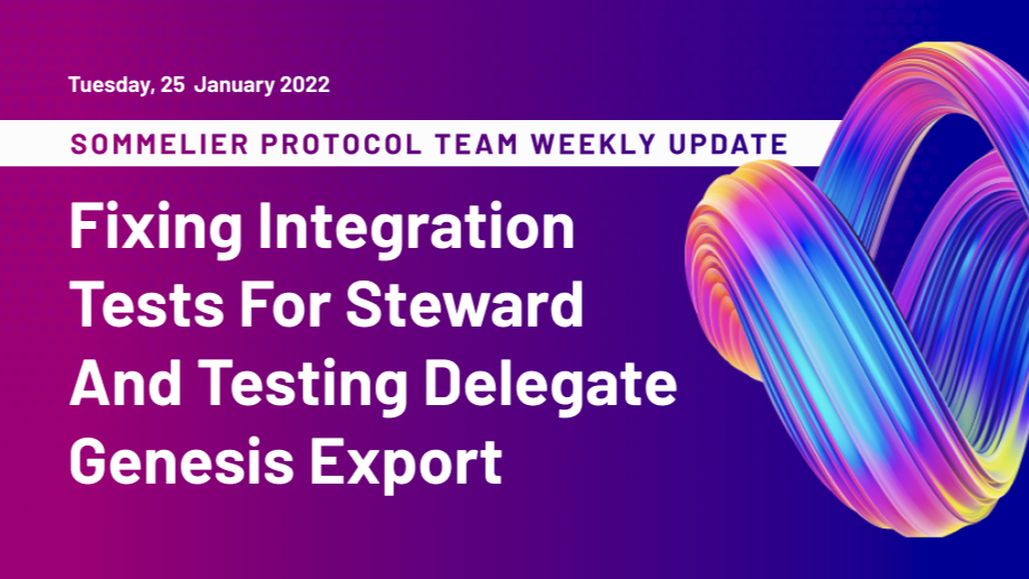
Sommelier Protocol Team Weekly Update #6

Twitter Spaces With Sommelier: SOMM Airdrop Proposal Data Analysis

Twitter Spaces With Sommelier: Community Update on the First Cellars to Launch
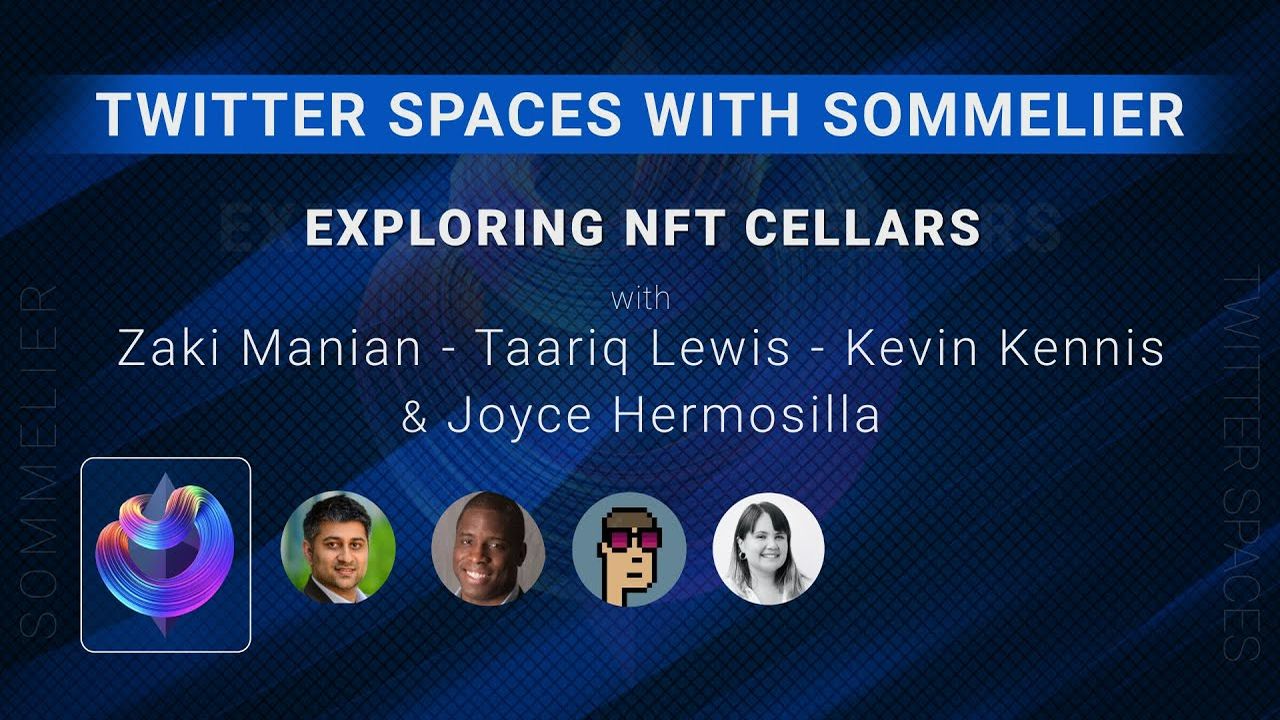
Twitter Spaces With Sommelier: Exploring NFT Cellars
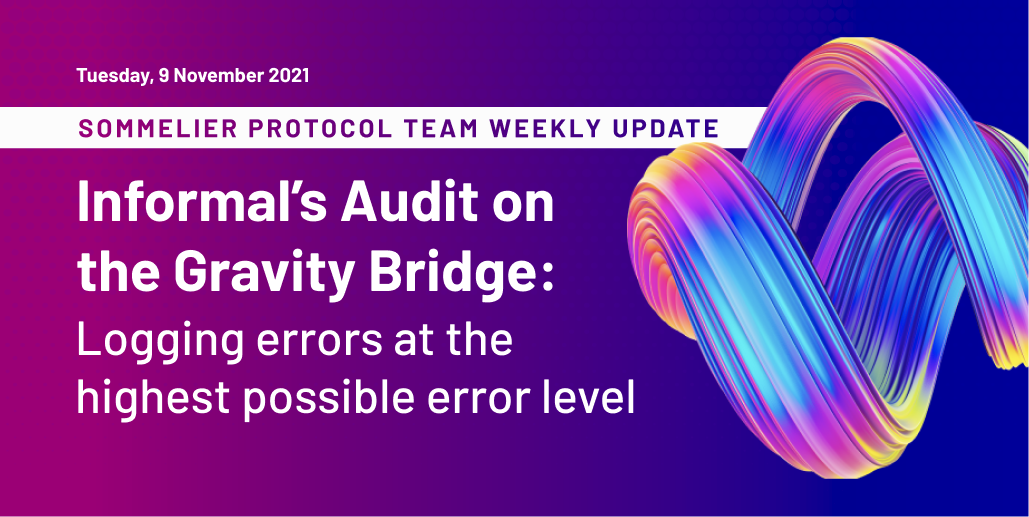
Sommelier Protocol Team Weekly Update #1
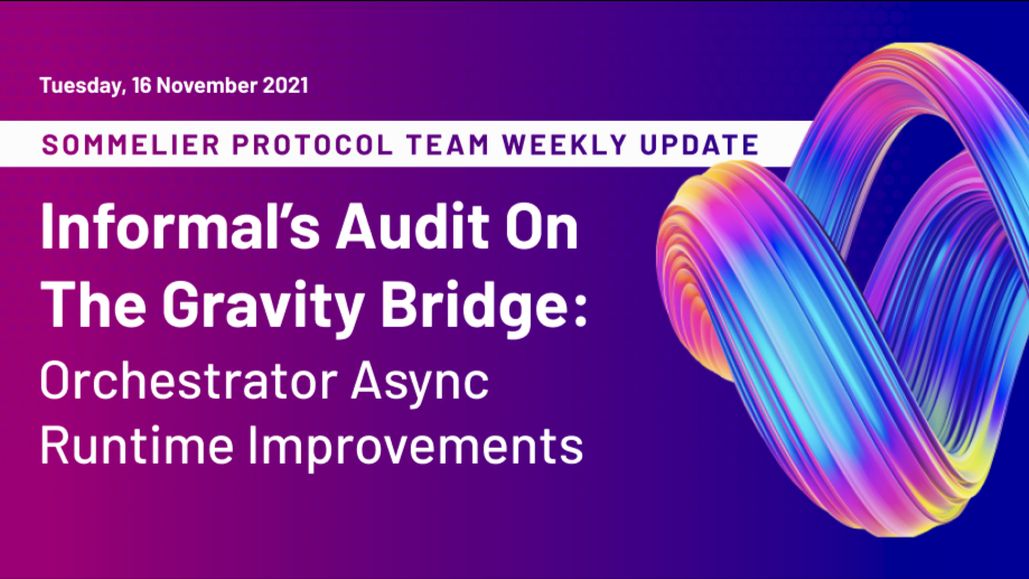
Sommelier Protocol Team Weekly Update #2
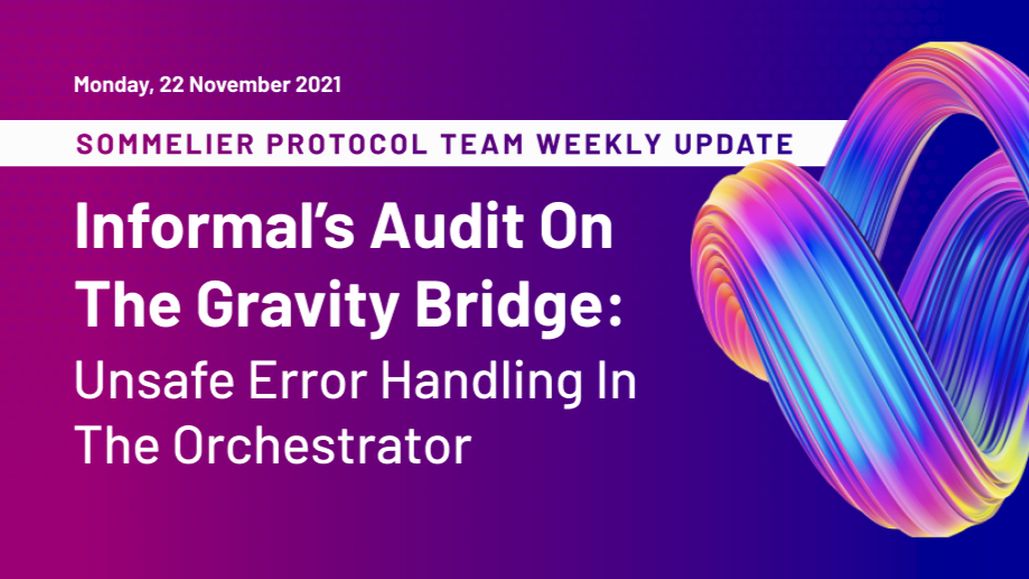
Sommelier Protocol Team Weekly Update #3

Three Things You Need to Know About Sommelier Governance This Week

Sommelier On the Road: PROOF OF…REPUTATION
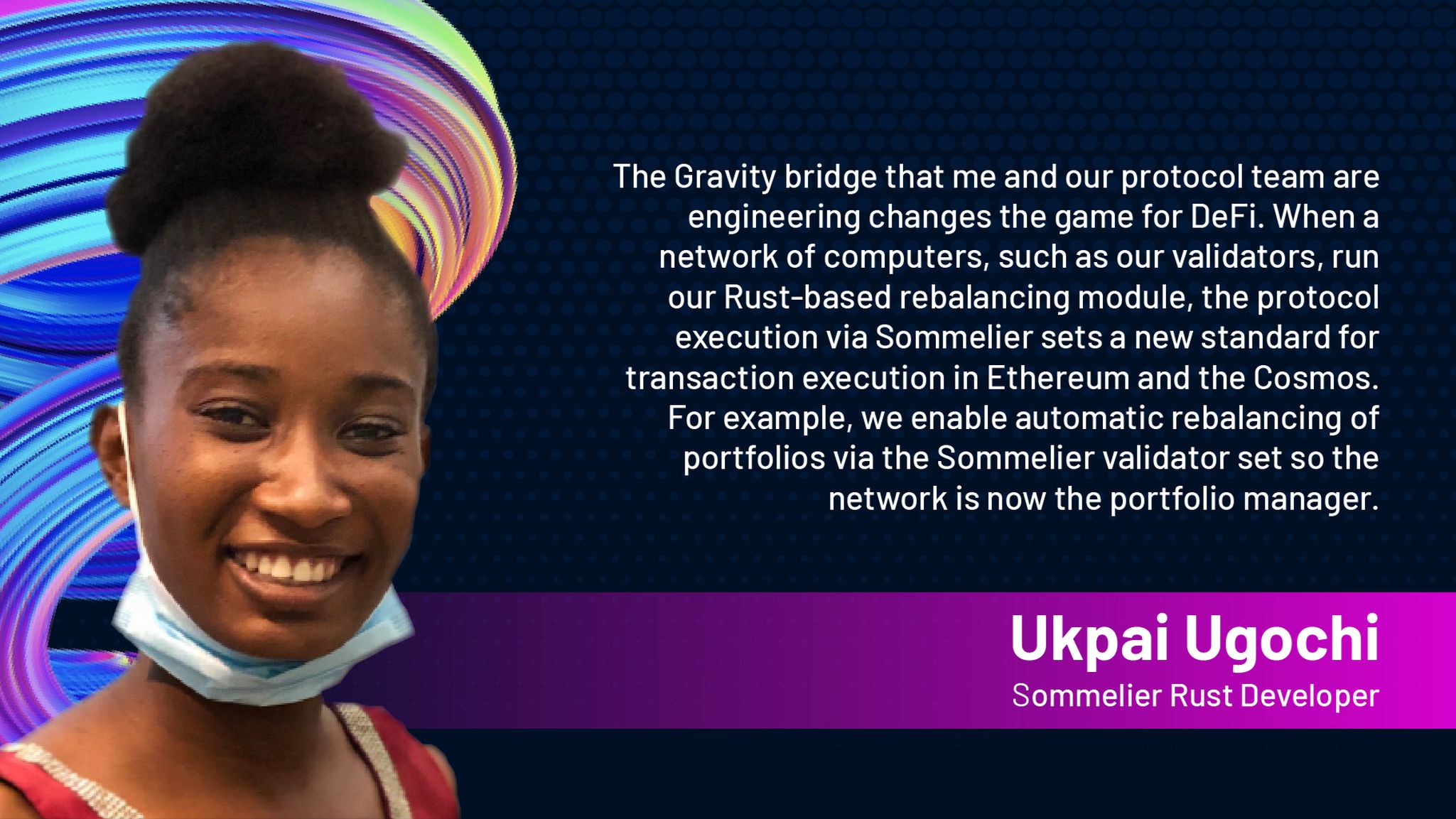
Introducing Ukpai Ugochi - Working on The Sommelier Cellars Rebalancer

Sommelier Announces 23MM Series A Mainnet Round to launch Automated DeFi via the Cosmos
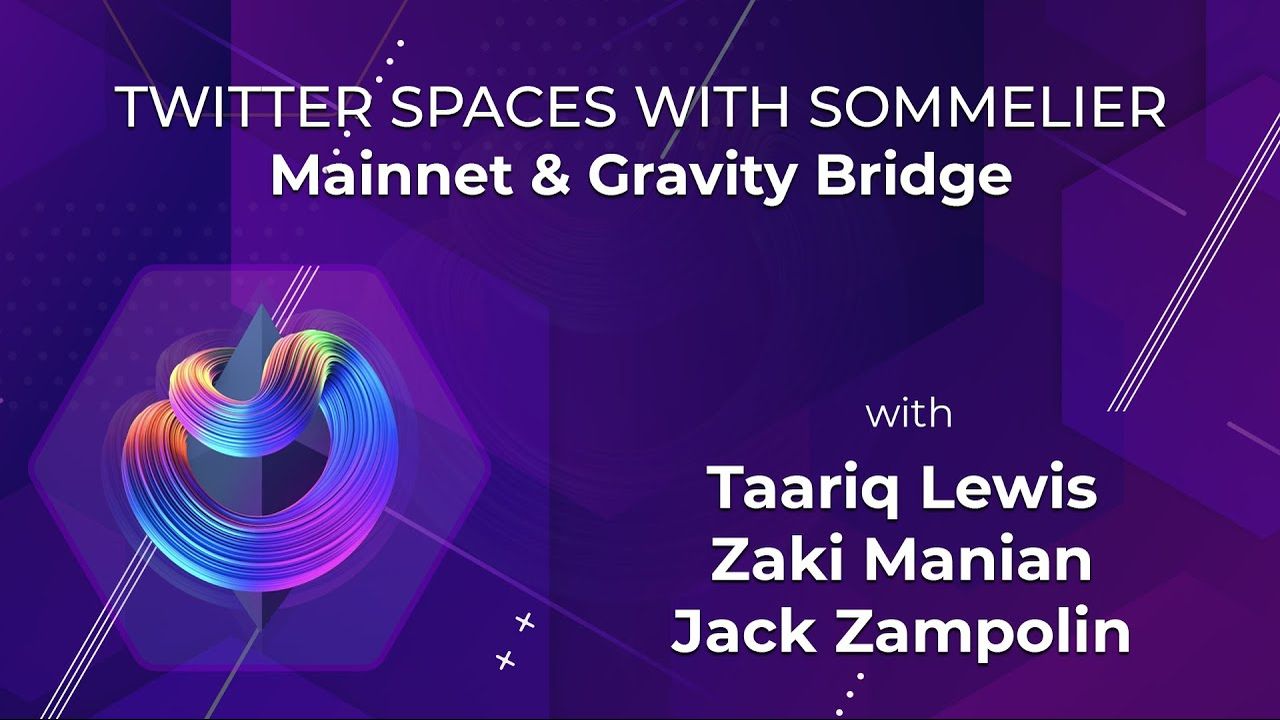
Twitter Spaces With Sommelier: Mainnet Launch & Gravity Bridge
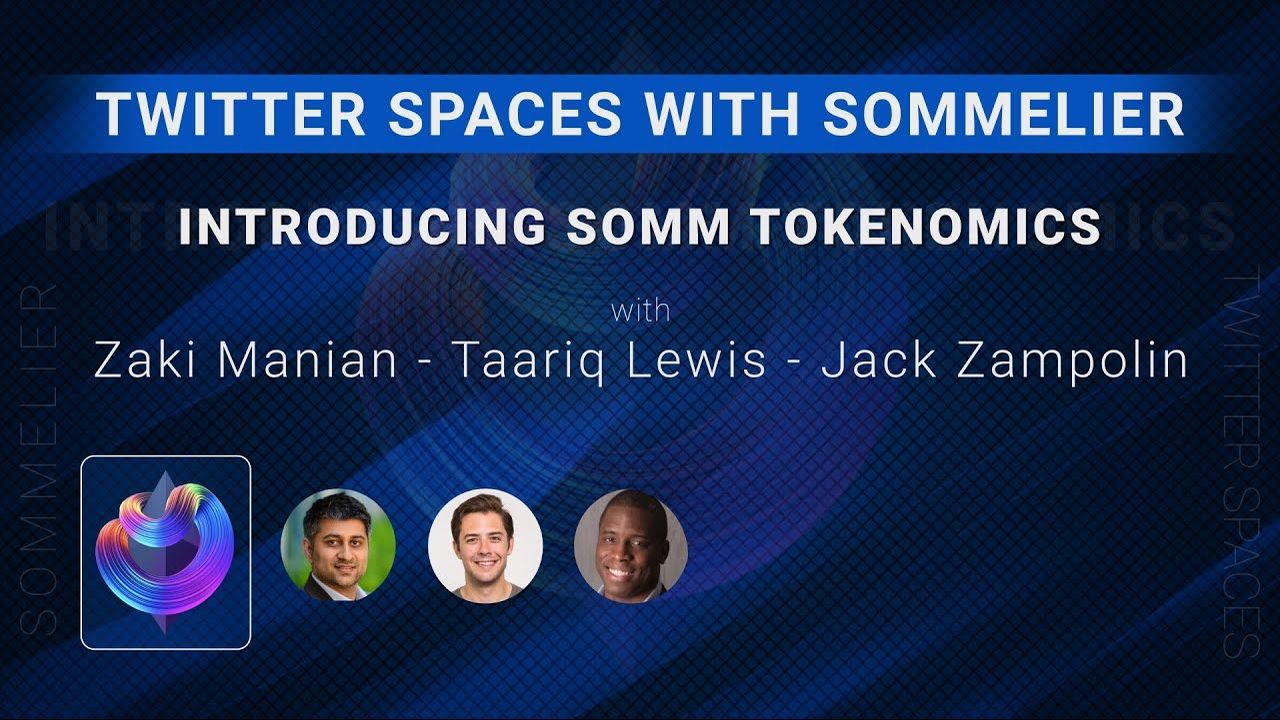
Twitter Spaces With Sommelier: Introducing SOMM Tokenomics
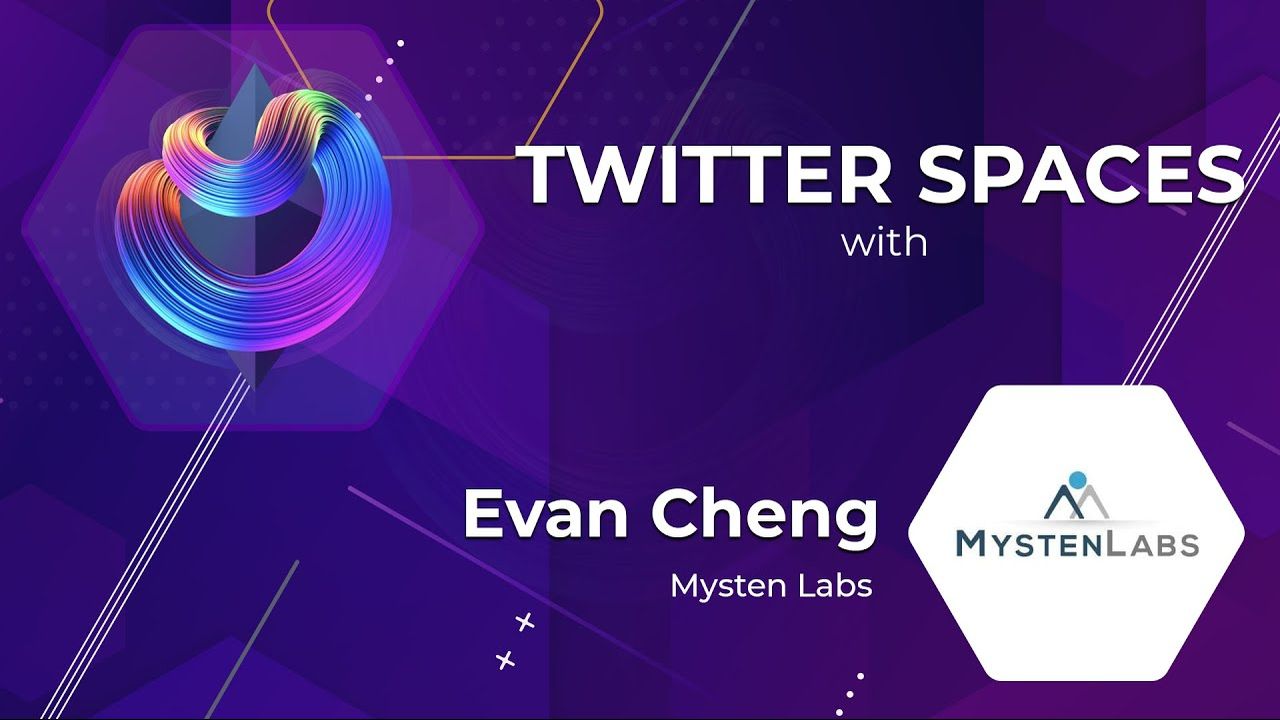
Twitter Spaces With Sommelier: Mysten Labs AMA With Evan Cheng

Introducing SIPS and Sommelier’s Governance Structure

Twitter Spaces With Sommelier: End of Year AMA 2021

Twitter Spaces With Sommelier: Intro to SIPS & Lisbon Blockchain Week

Twitter Spaces With the Sommeliers: Mainnet Update and Governance Launch
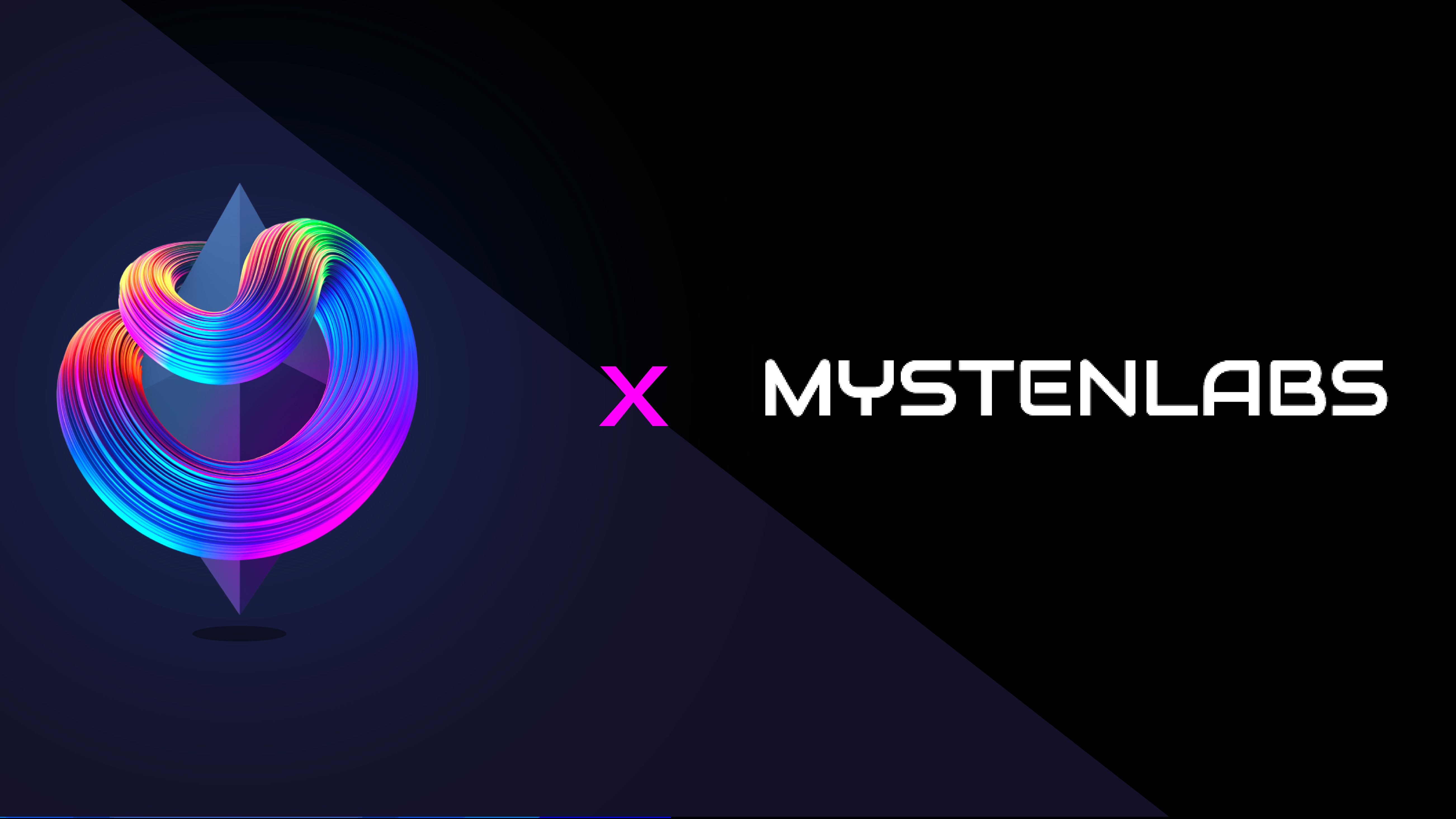
Sommelier Partners With Mysten Labs to Make Sommelier and All Cosmos Blockchains the Fastest Protocols on the Planet

Twitter Spaces With the Sommeliers: Sushi AMA With Joseph Delong
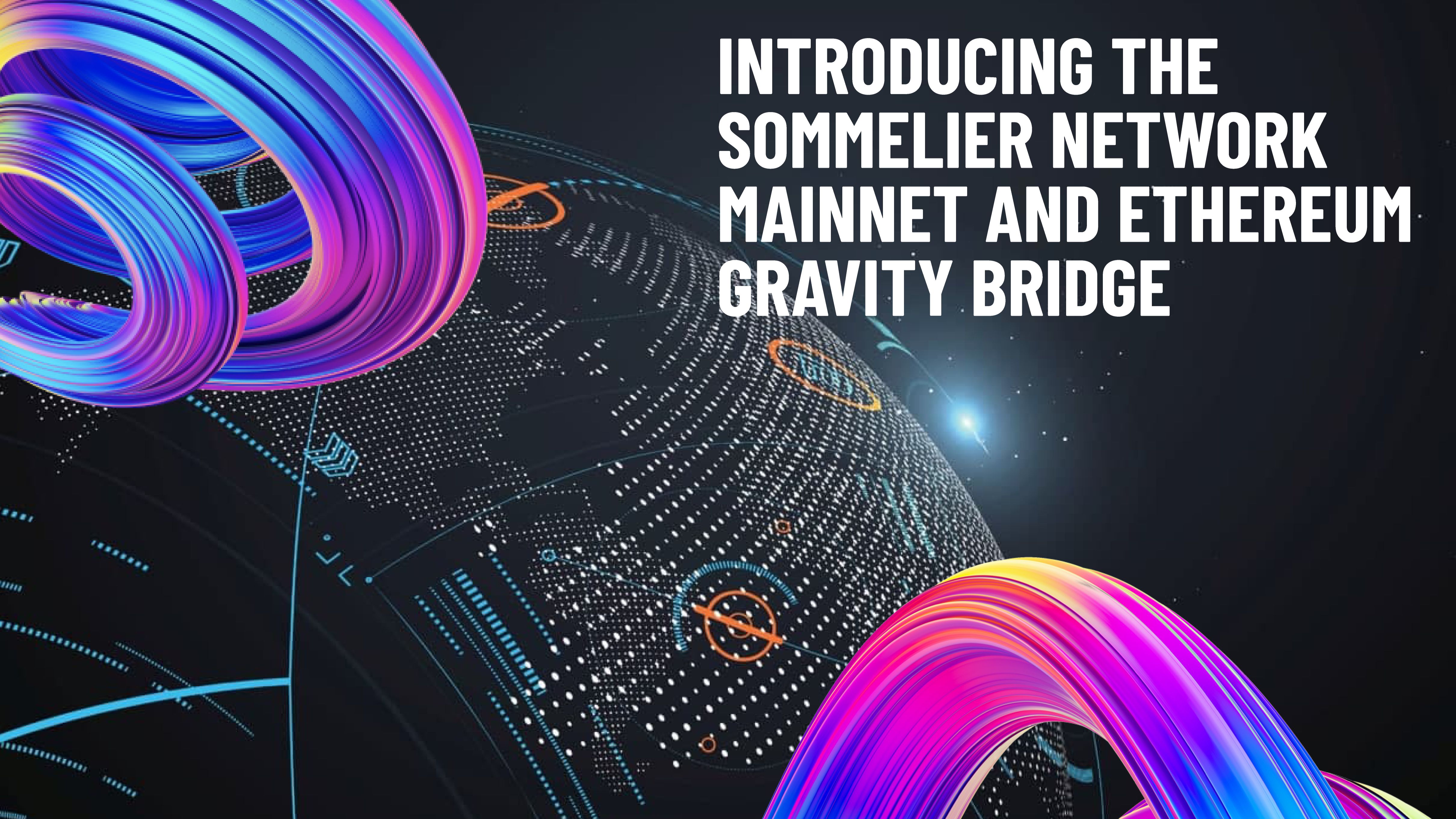
Introducing the Sommelier Network Mainnet and Ethereum Gravity Bridge
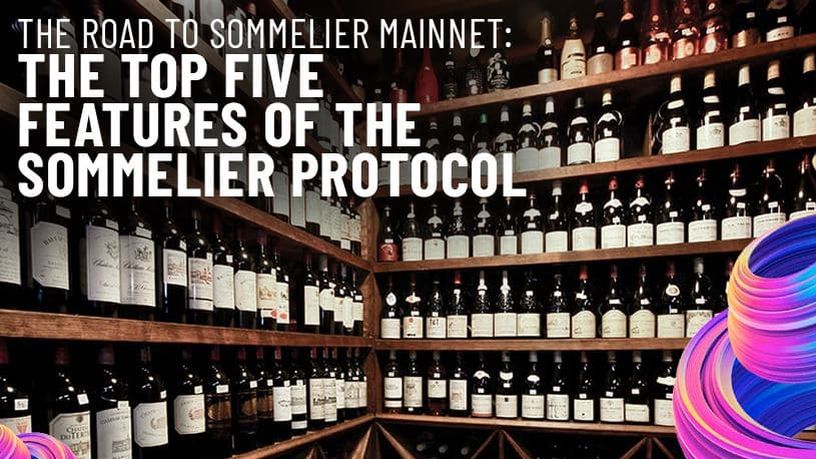
The Top Five Features of the Sommelier Protocol

Call for Validators: The Two Step Process for 2021

Two New Features Launched to Test Liquidity Management on Uniswap v3

Uniswap v3 Remove Smart Contract Incident Post Mortem for Sommelier
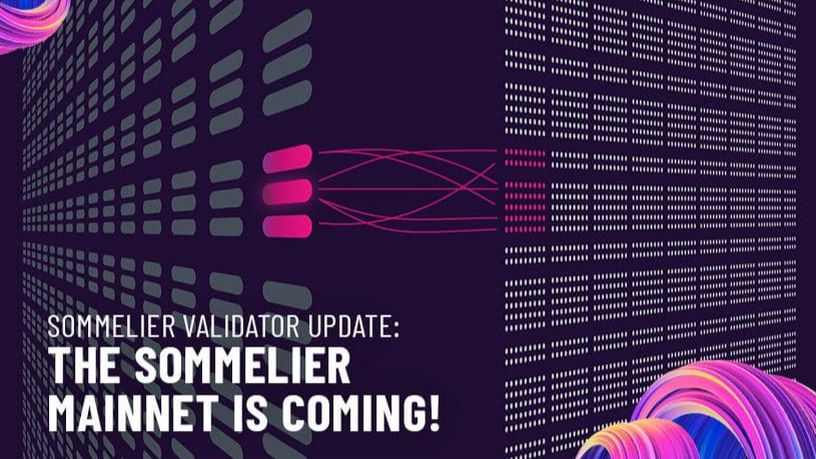
Call for Validators: Road to Sommelier Mainnet

Sommelier Liquidity AMA With Yenwen and Nick From Perpetual Protocol
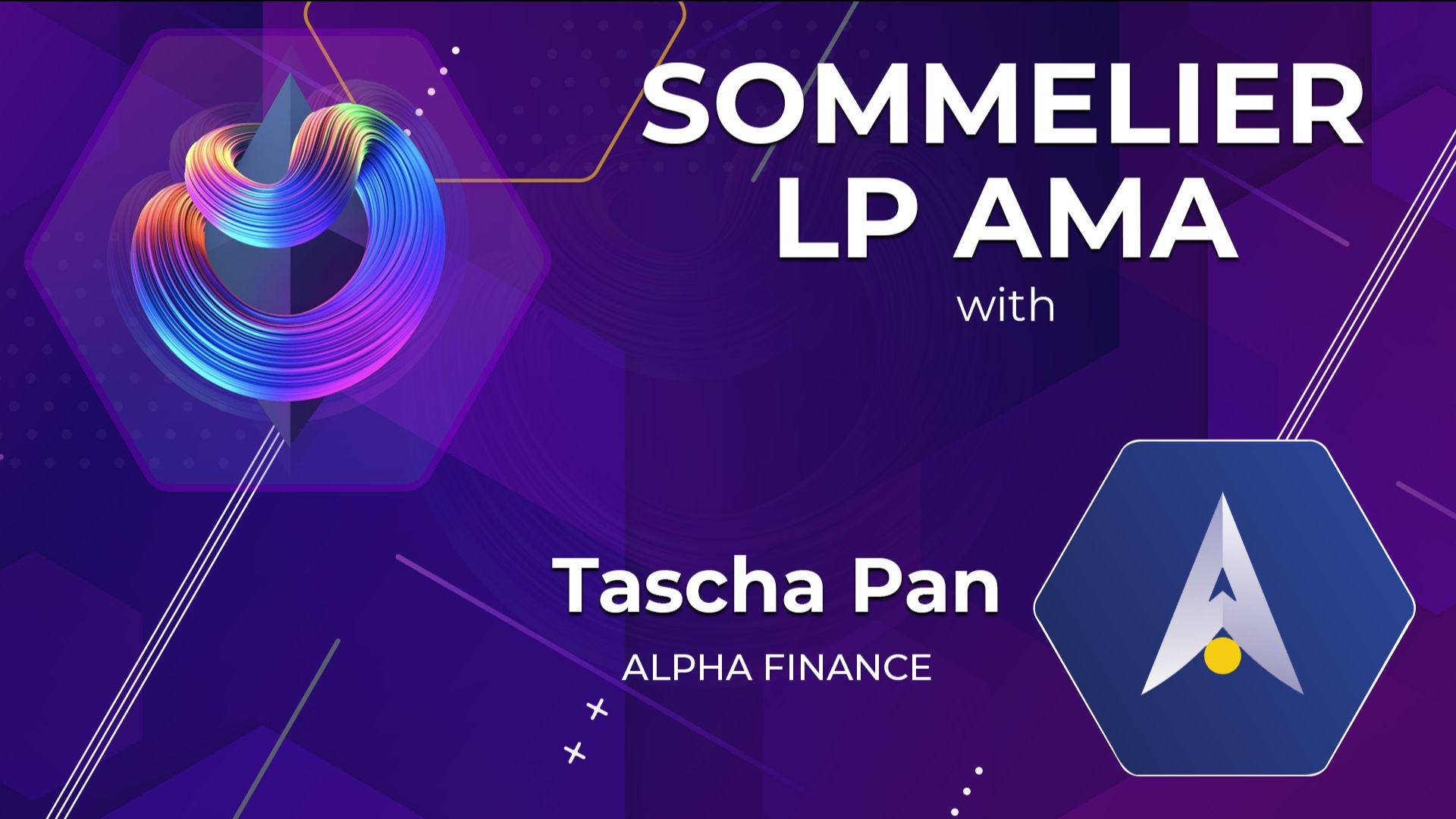
Sommelier Liquidity AMA With Tascha Pan From Alpha Finance
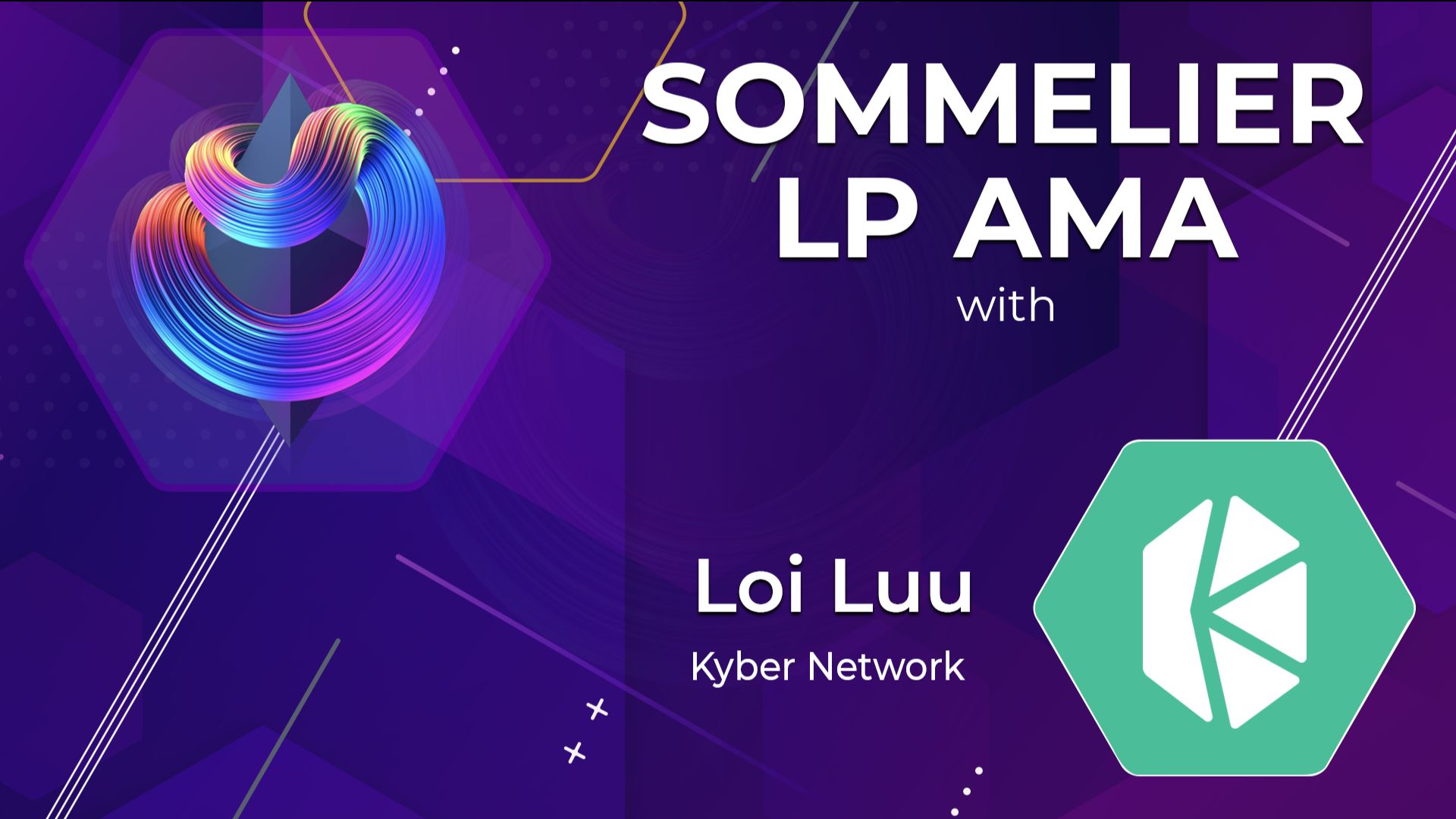
Sommelier Liquidity AMA With Loi Luu From Kyber Network

Sommelier Liquidity AMA With Alex From Peanut
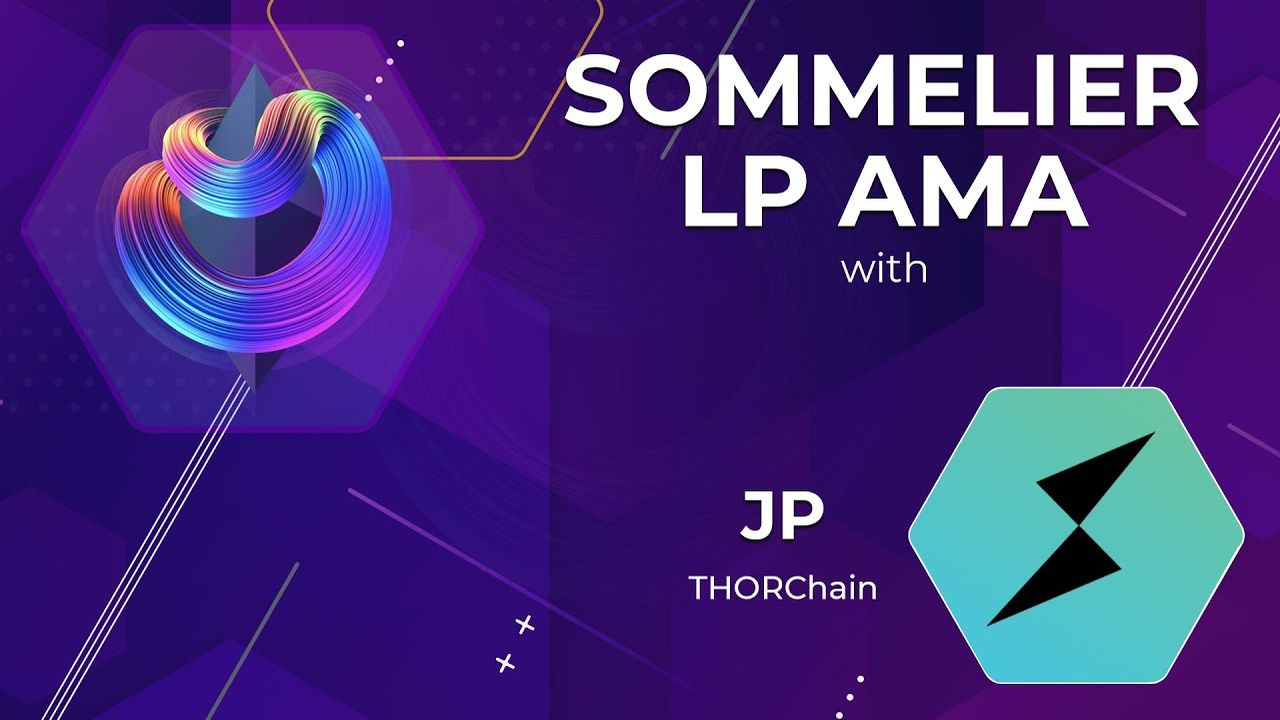
Sommelier Liquidity AMA With JP From THORChain

Sommelier Liquidity AMA With Alan Chiu From OMGX Network

Sommelier Liquidity AMA With Ari From Gelato Network

Sommelier Liquidity AMA With Sunny Aggarwal From Osmosis
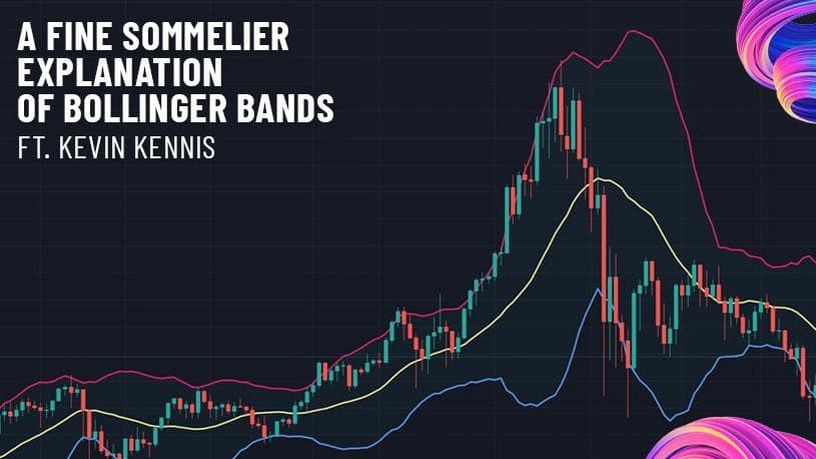
A Fine Sommelier Explanation of Bollinger Bands With Kevin Kennis
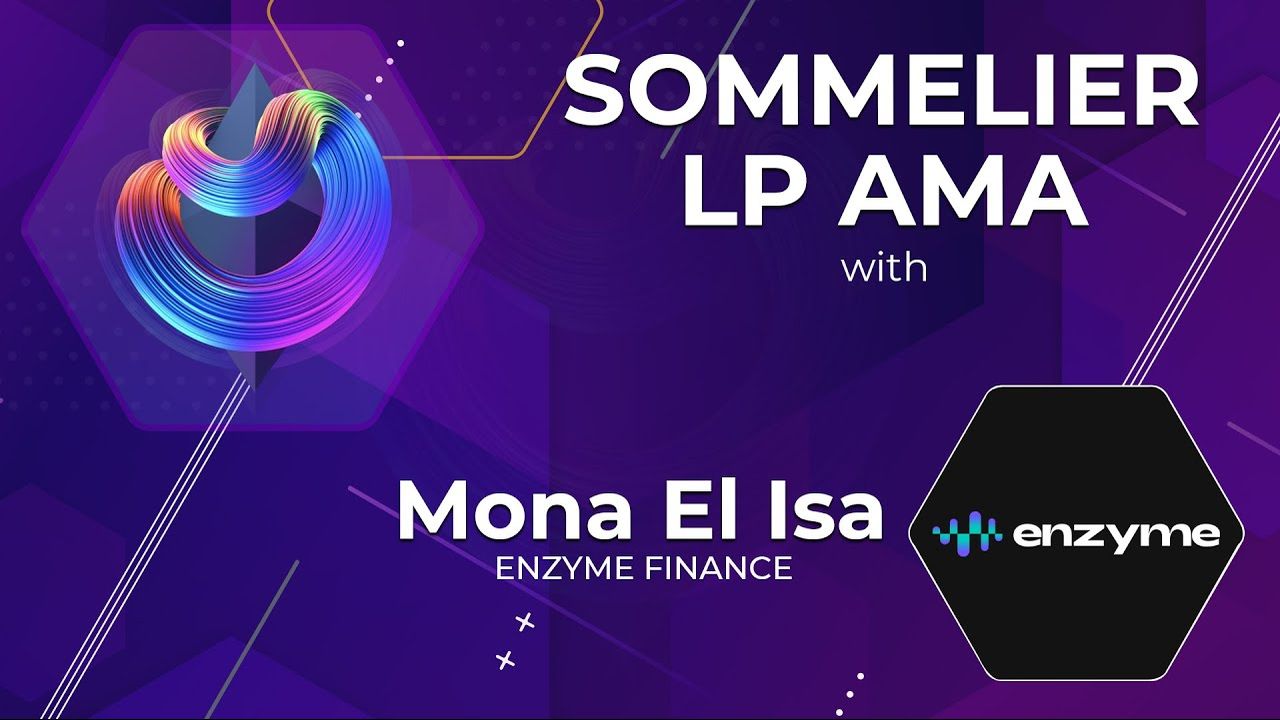
Sommelier Liquidity AMA With Mona El Isa From Enzyme

Sommelier Liquidity AMA With Haxor From Method Finance

Sommelier Liquidity AMA With Tor From Secret Network
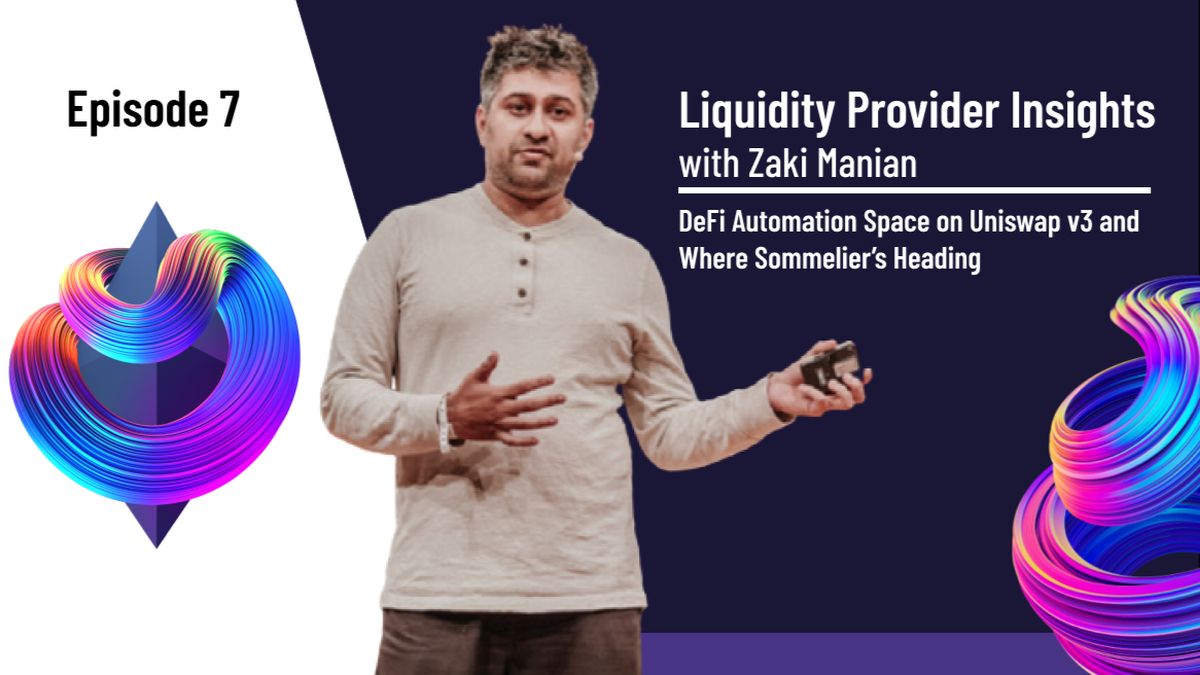
Liquidity Provider Insights With Zaki Manian - Ep. 7 - DeFi Automation Space on Uniswap v3 and Where Sommelier’s Heading

Sommelier Liquidity AMA With Geralt From CyberFi

A Pairings Tutorial of Two Sided Liquidity Addition with Sommelier

Liquidity Provider Insights with Zaki Manian - Ep. 6 - Liquidity Providers Need to Gear Up for a Multi-Chain World

Three New Summer Features for Liquidity Providers

Sommelier Liquidity AMA with Tom C and Max W from Charm

Sommelier Liquidity AMA with Dereek69 & Shalaquiana from BIOPset

Sommelier This Week - June 3rd 2021: The Road to Mainnet

Sommelier Liquidity AMA with Federico Landini from DefiLab

Sommelier Liquidity AMA with Michael Egorov from Curve
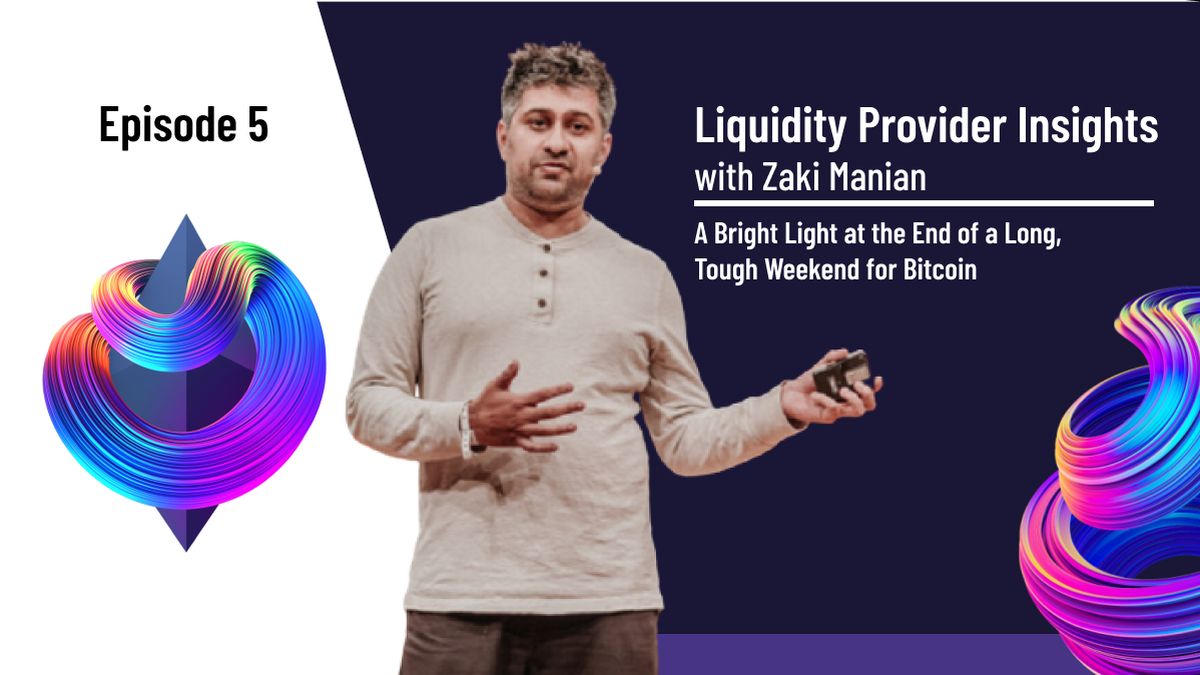
Liquidity Provider Insights with Zaki Manian - Ep. 5 - A Bright Light at the End of a Long, Tough Weekend for Bitcoin

Sommelier This Week - May 27th 2021: What Aspiring Sommelier Validators Need to Know on Last Week’s Protocol and App Progress
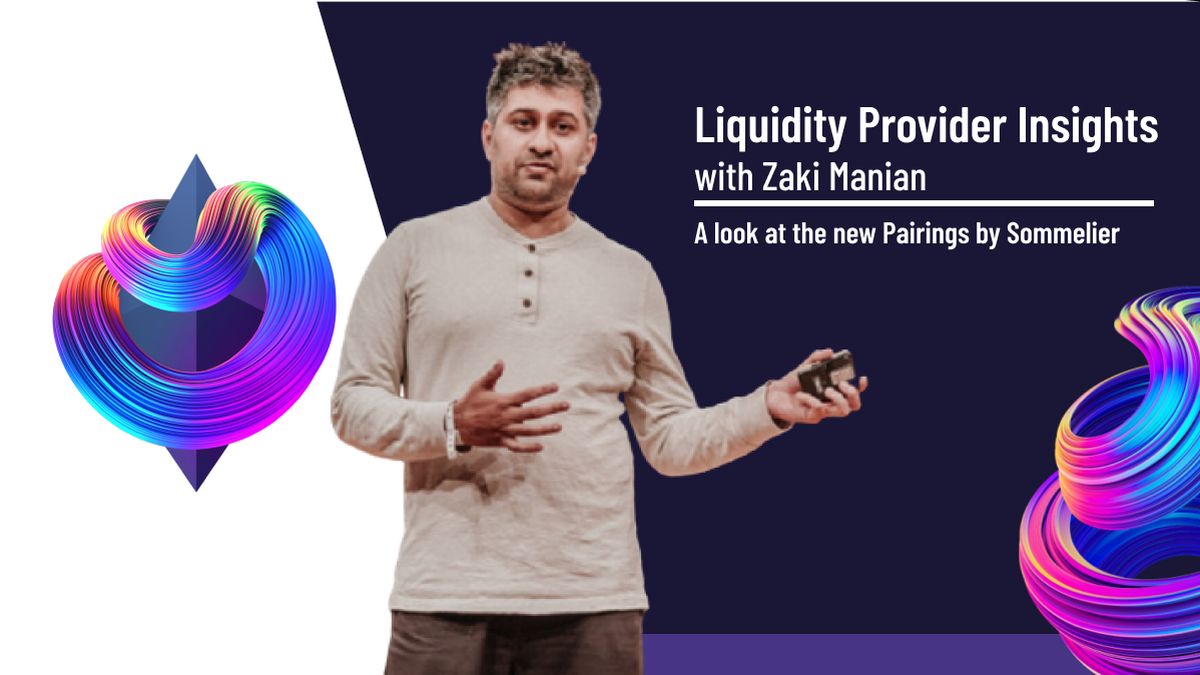
Liquidity Provider Insights with Zaki Manian (Special Edition) - Ep. 4 - New Pairings Release

Sommelier R&D AMA With Yaniv Tal From the Graph
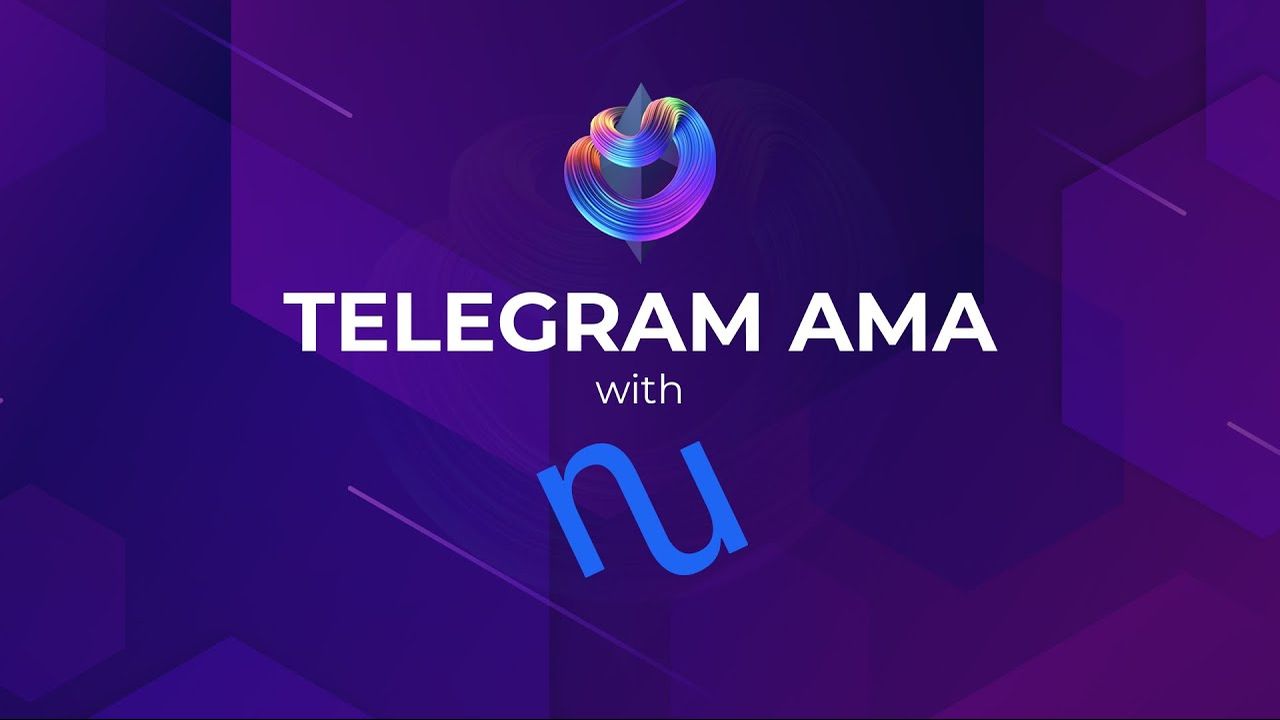
Sommelier Liquidity AMA with MacLane Wilkison from NuCypher

The Eight Steps to Become a Liquidity Provider with Pairings
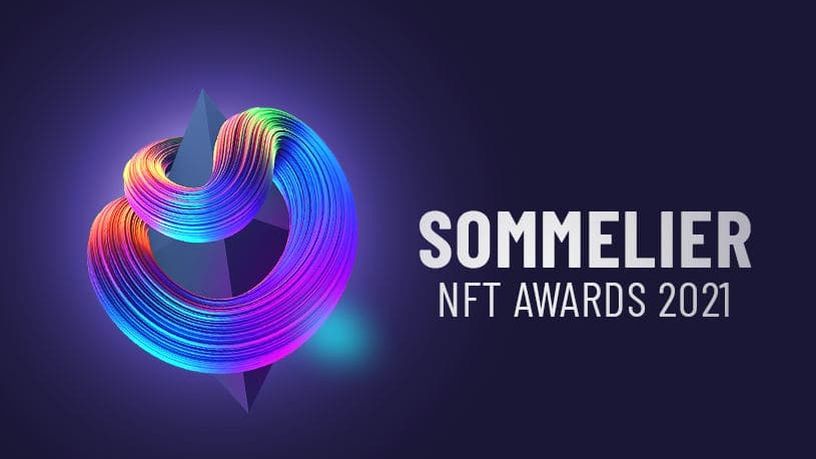
Sommelier NFT Awards - May 18th, 2021
Pairings By Sommelier: The FAQ

Zaki Manian Breaks Down What Liquidity Providers Need to Know Under Uniswap v3

Sommelier This Week - May 6th 2021: How This Week’s Protocol and App Progress Weaves Together to Make a Product
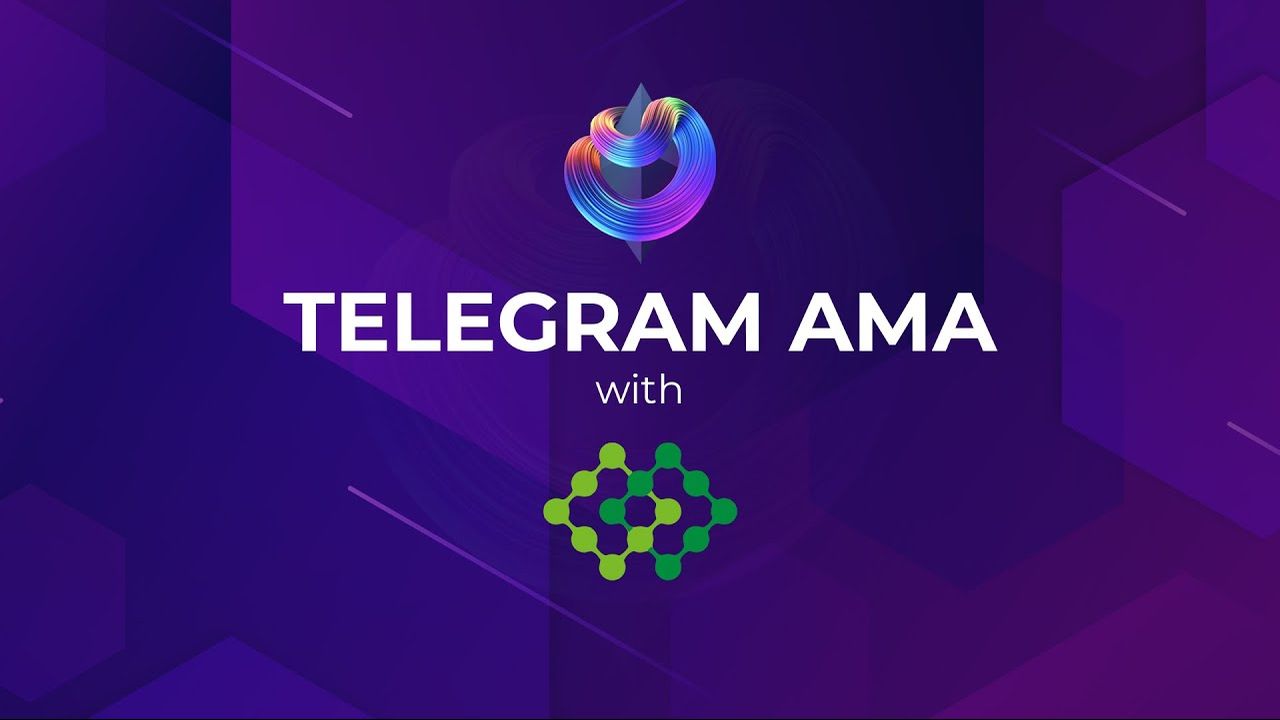
Sommelier Liquidity AMA with Dan Thomson from InsurAce

Sommelier This Week - April 29th 2021: Weeks Away From a Taste of the Sommelier App Experience and How the Dev Team Stays on Track
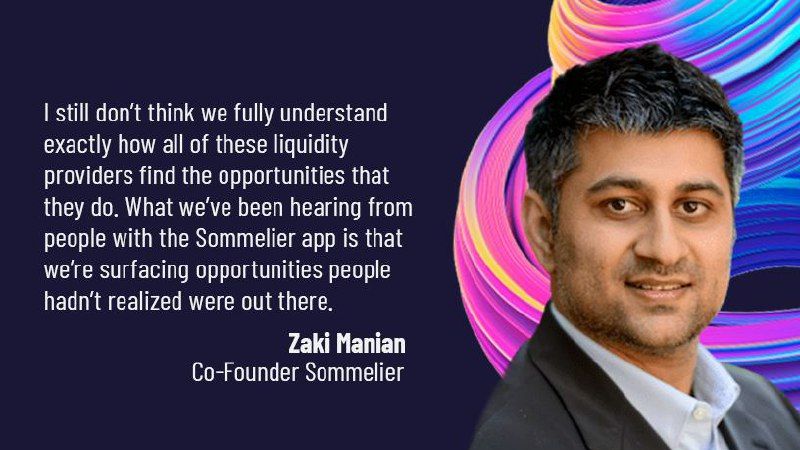
Zaki Manian Breaks Down a Phase Change Liquidity Providers Need to Know About Automated Market Makers
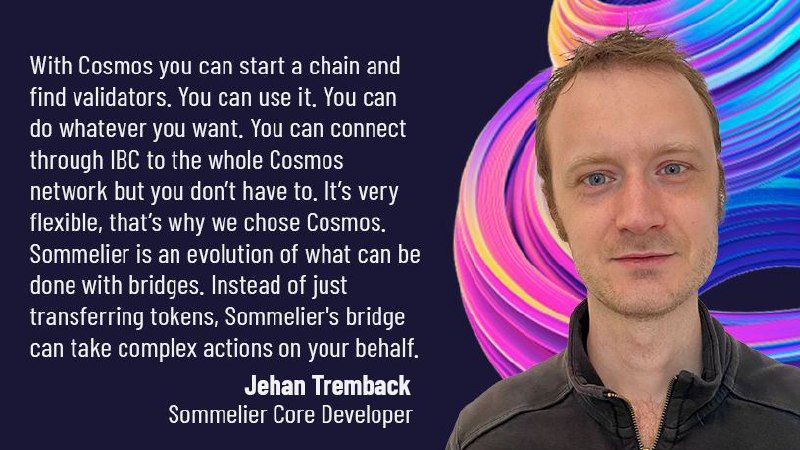
Introducing Jehan Tremback: Sommelier Core Developer and Althea Co-Founder that pushes the Limits of the Blockchain Bridge with Gravity

Sommelier This Week - April 22nd 2021: An Inside Look at Progress on Coordinating Sommelier Components That Contribute to the Chain

Sommelier This Week - April 15th 2021: Providing a Best-in-Class Experience for Uniswap Liquidity Providers

Sommelier Announces $1M R&D Grant from The Graph Foundation

Introducing LP Rewards: This Week With Cellframe
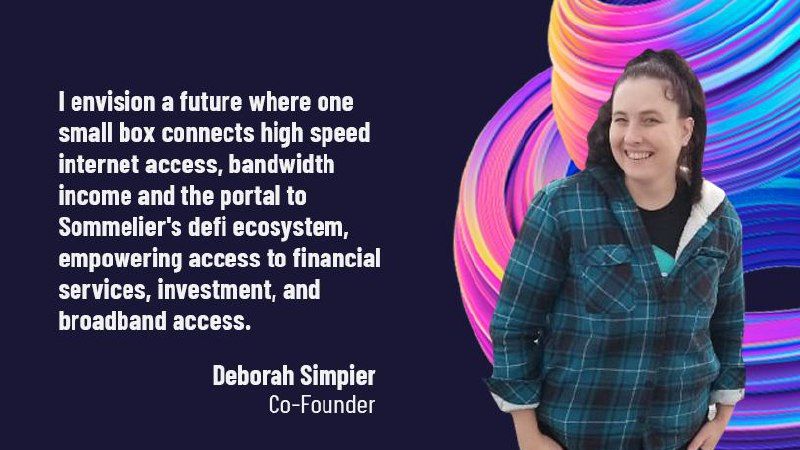
Introducing Deborah Simpier: Althea CEO and Sommelier Co-Founder Who Brought the Gravity Bridge to Life in The Cosmos

Sommelier This Week - April 8th 2021: What Uniswap v3 Means For Sommelier Architecture and Validators

Introducing Sommelier LP Rewards Program

Sommelier This Week - April 1st 2021: Gravity Bridge and Private Testnets

Blockchain startup decides to acquire a California winery and host NFT wine parties
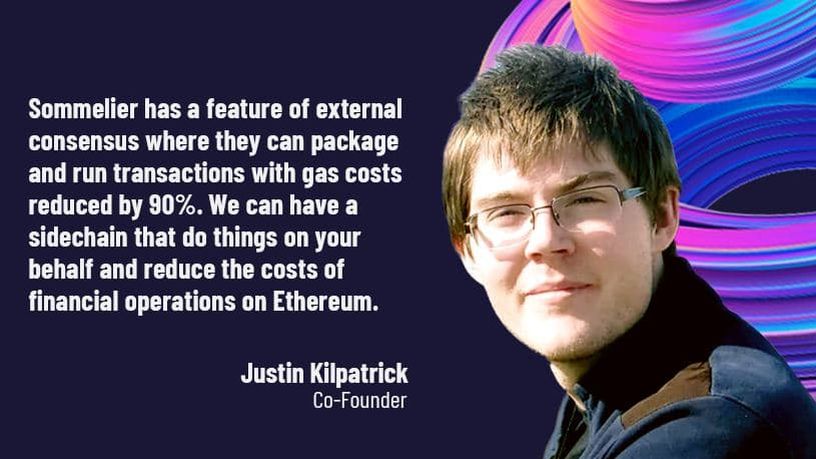
Introducing Justin Kilpatrick: The Blockchain Bridge Wizard Who Maintains Gravity

Five Ways UniswapV3 changes the world for Liquidity Providers on the AMM
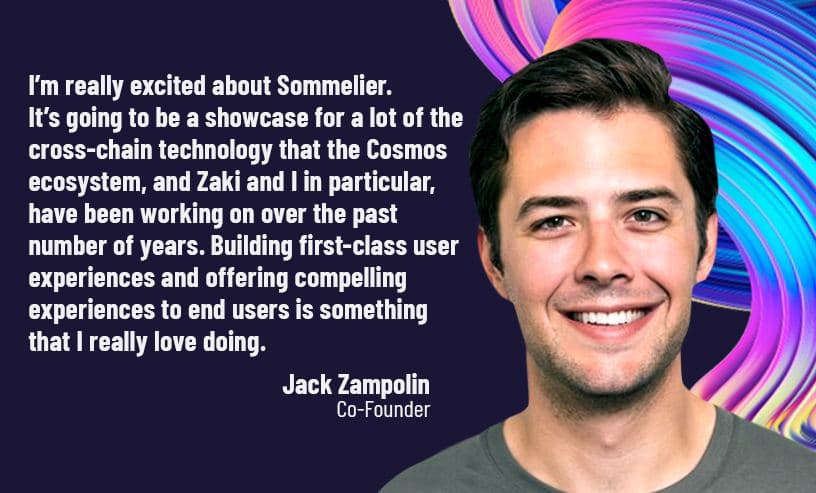
Introducing Jack Zampolin: On Becoming A Sommelier in The Cosmos

Sommelier: Welcome To The New CoProcessor For Ethereum
© 2025 Somm by Bajanss OÜ –Maakri 36-50, Tallinn, Estonia 10145